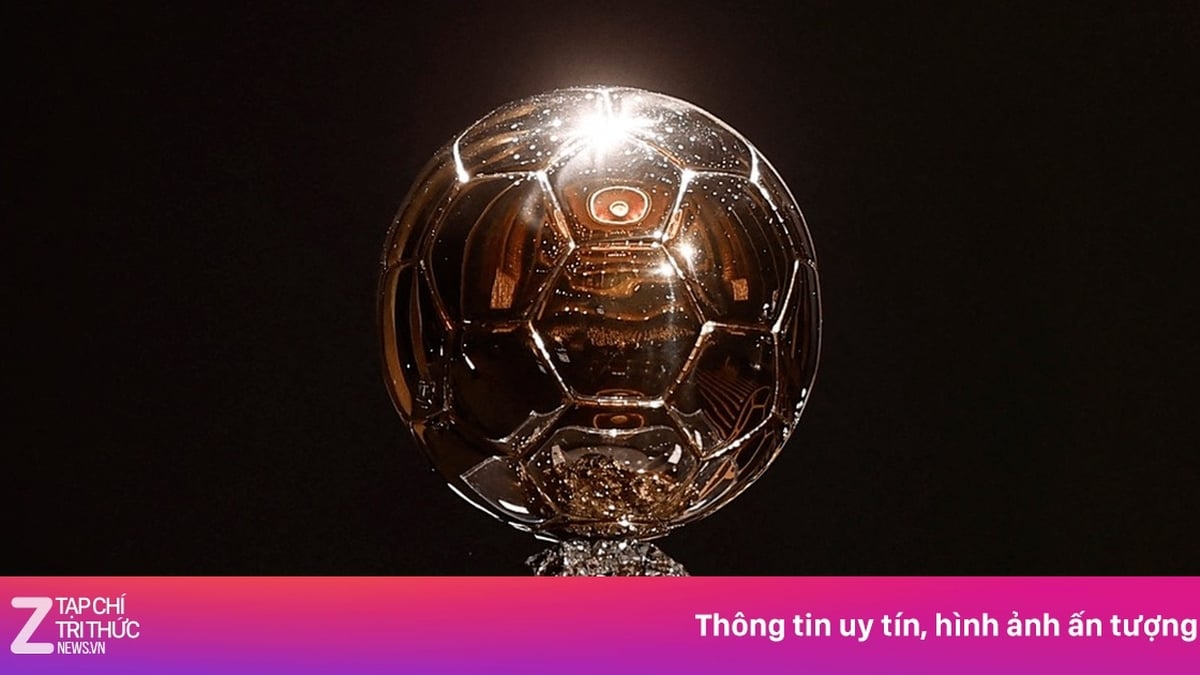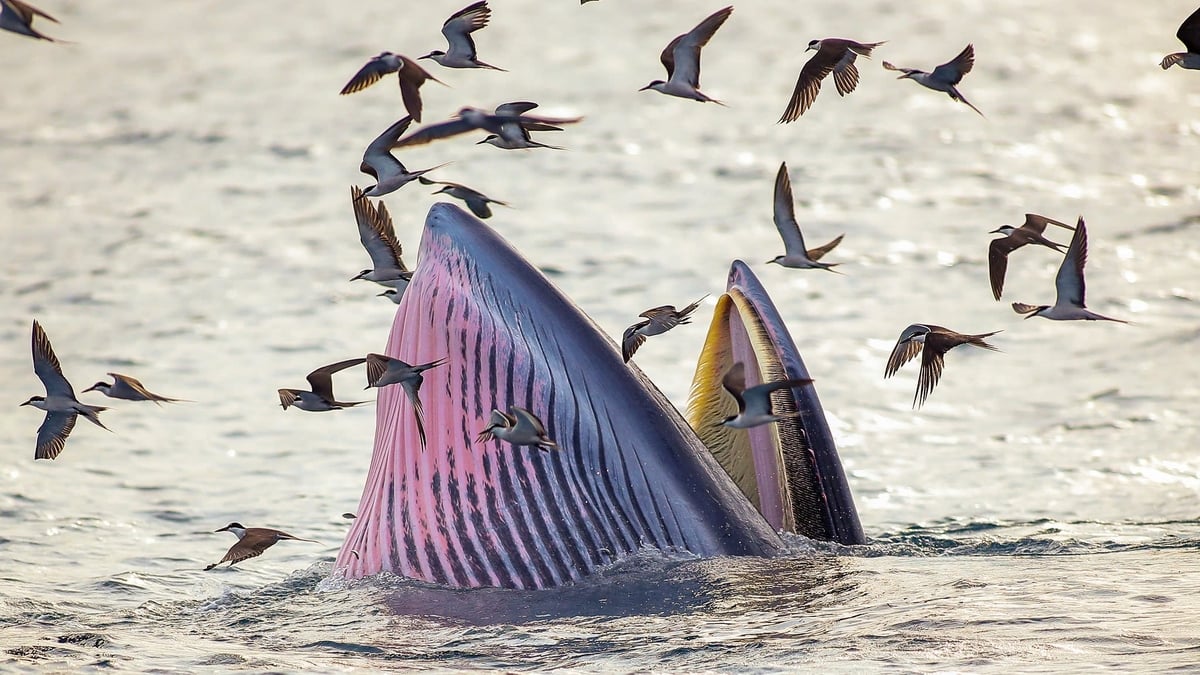
Whales, one of the largest animals on the planet, seem to be whispering interesting messages to humans that modern science is only beginning to decode - Photo: NOAA
Researchers from the SETI Institute (USA) have recorded the phenomenon of humpback whales creating large bubble rings when approaching humans in a friendly manner. This discovery has just been published in Marine Mammal Science , a scientific journal specializing in marine mammals.
Humpback whales have previously been known to use bubbles for hunting or mating competition. However, new observations suggest that the bubble rings blown when approaching boats and swimmers are not predatory or reproductive in nature, but rather curious and friendly.
"We recorded 12 bubble rings from 11 whales, a total of 39 rings. These rings were all directed toward humans, as an attempt to attract attention or a response," said marine biologist Fred Sharpe, a member of the Alaska Whale Foundation.
According to the research team, this could be a form of playful behavior or an early step in communication between whales and humans. This opens up new possibilities for the study of non-human intelligence, which is also an important area in the search for extraterrestrial life.
The SETI Institute is famous for its mission to search for extraterrestrial intelligence. Studying the communication systems of intelligent underwater animals such as whales and dolphins is seen as a stepping stone to developing tools to analyze cosmic signals.
"With current technological limitations, we assume that if there is alien life, they will try to contact humans. The independently evolved curious and friendly behavior in humpback whales supports that assumption," said researcher Laurance Doyle from the SETI Institute.
Humpback whales have complex social systems, use a variety of sounds, coordinate hunting with bubbles, and even help other species when attacked by predators. This is clear evidence of a form of non-human intelligence, present in the depths of the ocean.
There have been several documented cases of whales actively approaching boats and swimmers, showing obvious curiosity. "We observed at least 12 whales from different populations around the world . Most of them voluntarily approached humans and blew bubbles while observing, as if it were a game," said photographer Jodi Frediani, who accompanied the research team.
This begs the question: are whales trying to communicate in their own way, and can humans learn to “listen”?
Scientists have been trying to understand how whales and dolphins communicate for decades. In 2021, the SETI Institute made headlines when it played underwater sounds to “chat” with a whale named Twain. Other recent studies have also shown that whales use sounds during bubble hunting to signal group coordination.
Source: https://tuoitre.vn/ca-voi-lung-gu-dang-co-giao-tiep-voi-con-nguoi-bang-cach-rieng-20250610211702996.htm





































































































Comment (0)